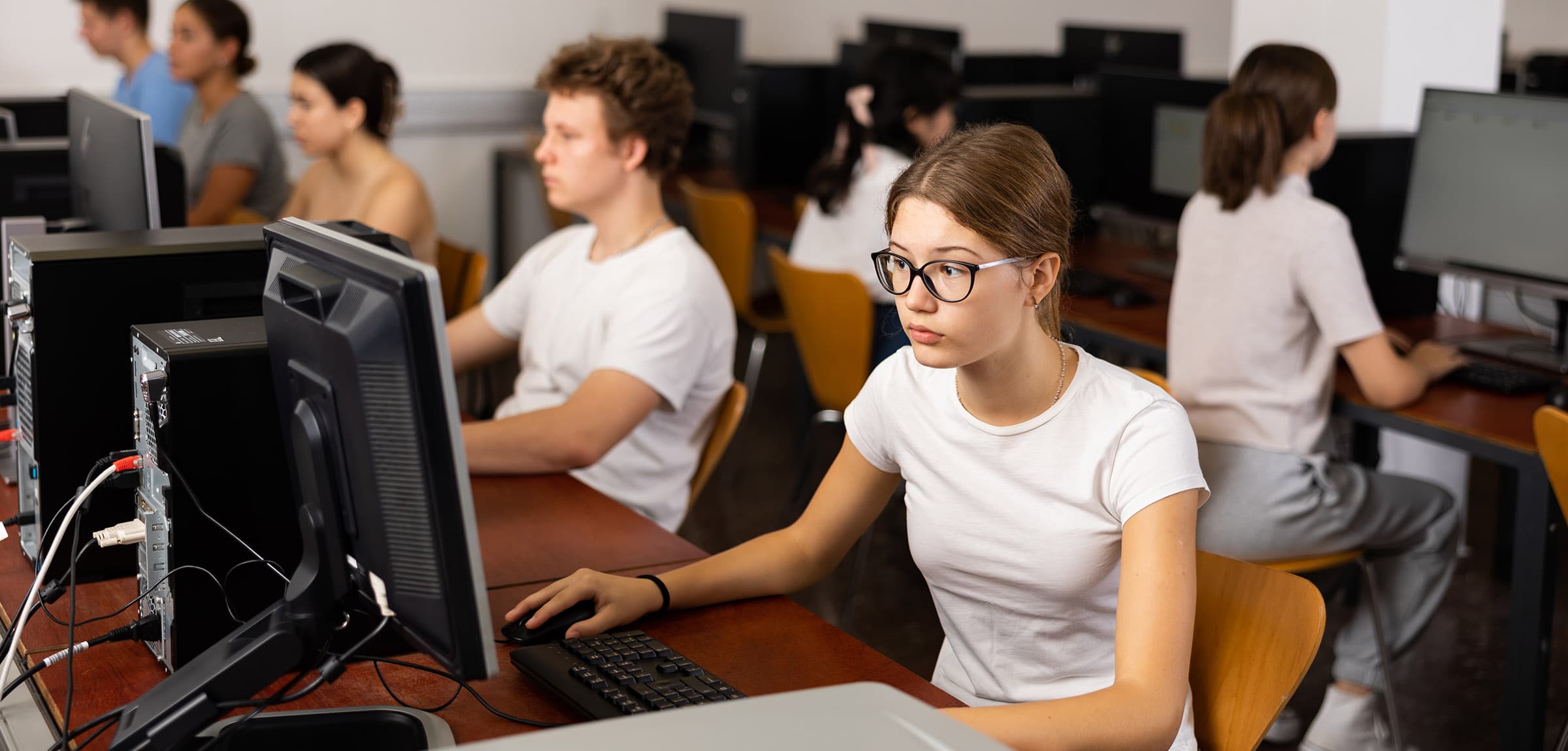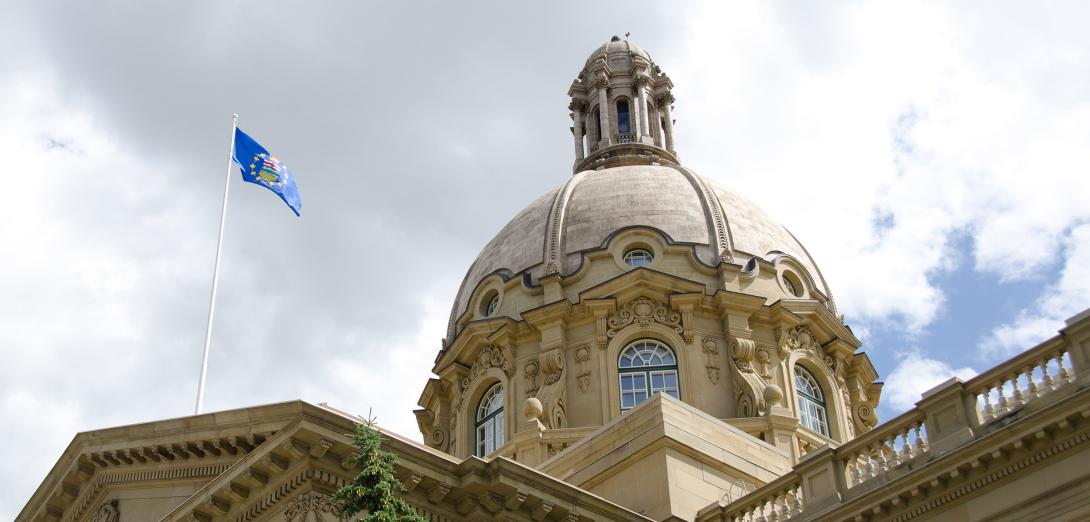For years, the Global Education Reform Movement (GERM) has been steadily infiltrating education systems worldwide. The GERM narrows the aims of education and calls for increased student testing at all grade levels; increased standardization; and a myopic focus on mathematics, technology and science at the expense of other curricular domains. Over the past two decades, the GERM has eroded the promotion of creativity, the arts, diverse talents, interpersonal communication and even the concept of play within K–12 learning environments.
The PISA (Programme for International Student Assessment), administered by the Organisation for Economic Co-operation and Development (OECD), has often acted as a key vector for the GERM. Results of the PISA 2022 test are scheduled for release on Dec. 5.
What is the PISA test?
PISA is a two-hour computer-based standardized test that attempts to assess the competencies of 15-year-olds in mathematics, science and reading across 81 different countries. The PISA test was first administered in the year 2000 by the OECD and is conducted every three years in Alberta, with PISA 2022 being the eighth international ranking Alberta has undertaken.
PISA 2022 focused on students’ proficiency in mathematics and introduced an updated framework to reflect large-scale social changes with an emphasis on mathematical reasoning. PISA 2022 had mathematics as the major domain, science and reading as the minor domains, and creative thinking as the innovative domain. Financial literacy was an additional domain assessed in some countries and in some Canadian provinces. More than 81 countries participated in PISA 2022. As in previous cycles, Canada’s participation included all 10 provinces.
The test is a mix of open-ended and multiple-choice questions grouped around real-life scenarios. In addition to taking various combinations of these tests, students and the school principals complete questionnaires about their backgrounds, their school experiences and the broader educational context. The most recent round of the assessment was to be conducted in 2021; however, the COVID-19 pandemic pushed back the assessment to 2022.
Historically, PISA 2009 had a primary focus on reading abilities among 15-year-olds. In 2012, mathematics took center stage, and reading and science were secondary domains. PISA 2015 focused on science, reading and mathematics, with an emphasis on scientific literacy. The PISA 2022 results will focus on student performance in mathematics, as heavily impacted as they were by the pandemic. The latest results will also explore issues of disadvantaged students and of equity and well-being, as captured in 2022.
What are the key issues with PISA?
Given that the 2022 iteration of PISA was conducted online during the pandemic, the results must be carefully considered. Other key issues with PISA include the following:
- The ranking of countries through PISA has negative consequences for school systems. PISA has created an overreliance on standardized testing and a narrowing of learning to domains that can be easily measured. PISA’s reductionist approach should be a particular concern in Alberta where we are in the process of a redesign and implementation of new curriculum. By emphasizing a narrow range of measurable aspects of education, PISA takes attention away from the less measurable or immeasurable educational objectives like physical, moral, civic and artistic development, thereby dangerously limiting our collective imagination regarding what education is and ought to be about for Albertans.
- The OECD, and therefore PISA, has been criticized for being biased in favour of economic interests in education systems. PISA 2022’s focus on mathematics and financial literacy will likely be weaponized by the United Conservative Party government, which may use the results as an opportunity to blame teachers for students’ mathematics performance during a pandemic.
- Major technical flaws have been identified with the items that make up PISA testing.
Why should we care?
Historically, PISA test results have had far-reaching effects — prompting national debates and reforms in education systems — despite this being a short two-hour test for a selected group of 15-year-olds. In recent years, PISA has been used to declare education crises and justify knee-jerk reactions, including increased standardized testing and a narrower curriculum. Notably, the “math crisis” across Canada emerged shortly after the release of the 2012 PISA results.
If history is any indication, the PISA 2022 assessment results may generate renewed vigor for those wanting to re-energize a “math crisis” and bash teachers. Even if Alberta maintains its previous performance, there is a risk of calls for narrowing the curriculum and emphasizing financial literacy or vague global competencies.
The PISA ideology emphasizes economic imperatives — growth and competitiveness — as the primary goals of schooling, using math and science achievement as key indicators of a region or society’s future economic well-being. It overlooks the broader role of education, including fostering social cohesion, preserving diverse cultural heritage, and promoting civic engagement and citizenship in rapidly changing, complex societies.
What can we do?
Following the release of the PISA 2022 results on Dec. 5, professionals in the education field should closely monitor the public discourse and local school community discussions surrounding PISA. It is crucial to understand the test’s purpose, the increasing trend of international benchmarking in Alberta, and the concerns associated with PISA and its global testing regime.
The funding, support for and administration of international benchmarking tests, including the PISA test, are of significant concern for Alberta’s teaching profession. In fact, the Association has established policy opposing PISA:
22.2.5.1 The Government of Alberta should give notice that Alberta will not participate in future iterations of the Programme for International Student Assessment (PISA), Trends in International Mathematics and Science Study (TIMSS), Progress in International Reading Literacy Study (PIRLS), and Teaching and Learning International Survey (TALIS). [2016]
Most importantly, teachers can engage in conversations about the purpose of K–12 schooling, bearing in mind that the PISA test results will undoubtedly shape this discourse for students’ parents and the discussions surrounding education reforms in Alberta.
We should be vigilant about the GERM’s influence and how neoliberal governments around the world will be weaponizing the results and, in the spirit of our populist times, demonizing teachers.
Open letter
In an open letter addressed to the head of the PISA program, more than 80 renowned academics have expressed profound concerns about the impact of PISA international benchmarking and have called for a halt to standardized testing.
Read the letterWho benefits from PISA testing?
To conduct PISA and generate a market for various follow-up services, the OECD has formed partnerships with global for-profit companies. These corporations have profited from the perceived shortcomings identified by PISA tests and international benchmarks.
Pearson Education, the world’s largest for-profit education company, was responsible for developing the frameworks for the PISA 2022 international benchmarking test. These frameworks defined the overall approach, measurement criteria and reporting methods for PISA 2022. As outlined in a research report Pearson 2025: Transforming Teaching and Privatising Education Data by scholars Sam Sellar and Anna Hogan, “Pearson is a new type of edu-business that operates across multiple education sectors and industries with a more ambitious global corporate vision than many of its competitors.”
One aspect of PISA that merits attention is how the testing has coincided with the rise of private tutoring (a shadow education industry) worldwide. Also notable is that Pearson derives the majority of its global profits from online learning tools, virtual schools, digital textbooks, digital testing, student and teacher assessment programs and services, student information systems and instructional management systems.



